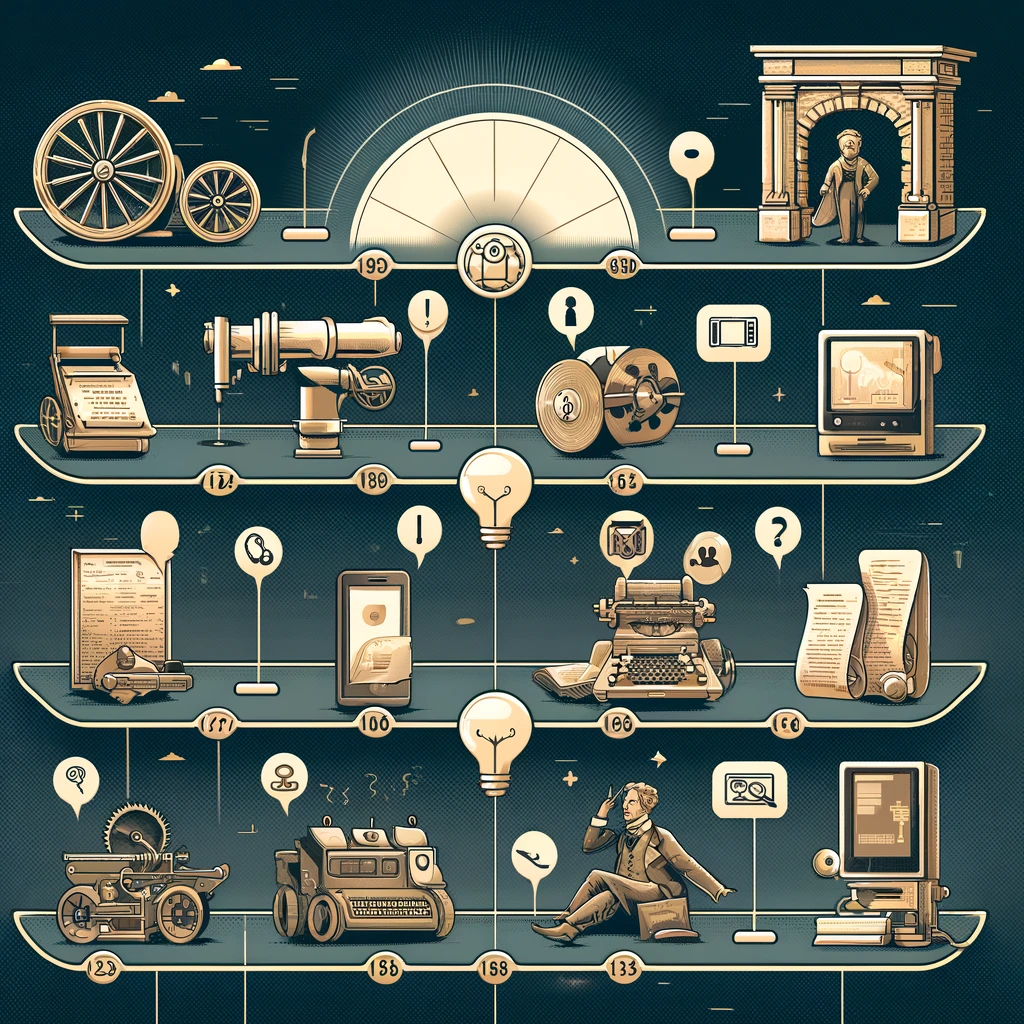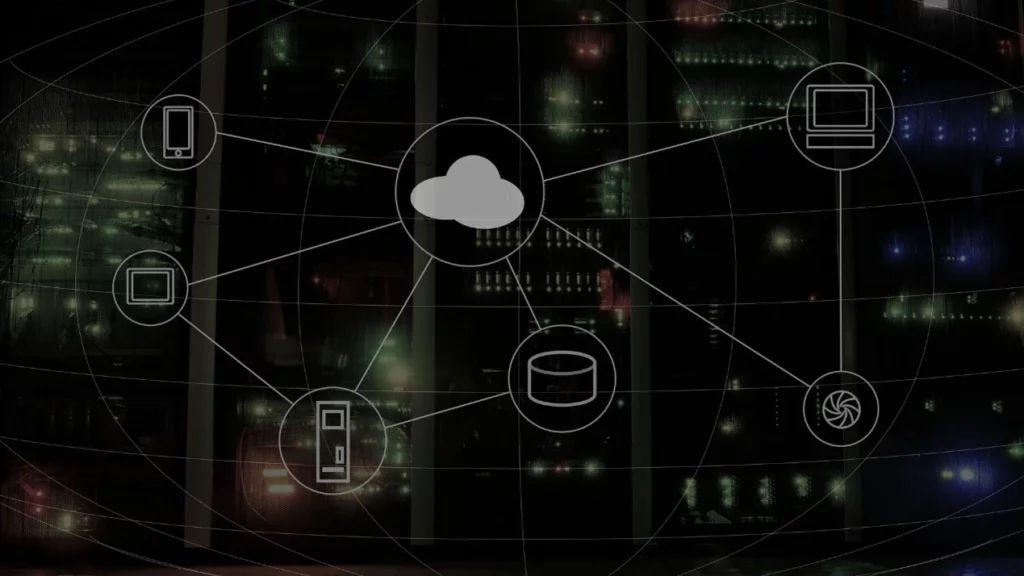Because of the significant developments that we are experiencing in our present time, and the increasing number of transactions, information and data that we must keep. The need for a huge database has increased to ensure that the asset is maintained and the stored data is reliable for life. As a result, the blockchain was found and it formed the ideal solution ensuring the validity of contract transactions. So what is This technology and how does it works? That’s what we’ll recognize in this article.

definition of Blockchain Technology
It is a kind of distributed or shared database between computer network nodes. Since this technology acts as a database, it stores information electronically in digital form. In addition, blockchain is non-adjustable and used in transaction registration and asset tracking in the business network and is therefore a guarantee of reliability of information.
The original can also be tangible (house, car, money, land), or intangible (intellectual property, patents, copyright, trademarks). The blockchain thus serves many aspects of life to guarantee rights and assets.
You may also like: Why is technology important? Is it good or bad?
the founder of blockchain
Cryptologist David Chaum first proposed a blockchain-like protocol in 1982. He wanted to implement a system in which the document’s time stamps could not be tampered with.
In 1992 Haber, Stornetta, and Dave Bayer incorporated Merkle trees into the design. This improved its efficiency by allowing many document certificates to be collected in one block.
The primary founder of the first decentralized Block Chen was a person (or group of people) known as Satoshi Nakamoto in 2008.
Nakamoto significantly improved the design using a Hashcash-like method of time block characters without having to be signed by a reliable party. It also stabilized the rate at which blocks are added to the chain.
How does Blockchain technology work?
As simple as this, blockchain brings information together in groups known as blocks that have certain storage capacities. When one block is filled, it will be closed and tied to the pre-filled block, and so on, respectively, until the chain is created.
The difference between a traditional database and a blockchain
The fundamental difference between blockchain and a regular database is that the database usually builds its data in tables, while blockchain builds its data in interconnected blocks.
Blockchain supports stability, which means it is impossible to erase or replace recorded data, and therefore This technology prevents data tampering within the network.
While the traditional database does not show stability. This is because the traditional database uses CRUD (create, read, update, and delete) at the base level to ensure the proper operation of the application. The CRUD model enables easy data erasure and replacement.
Therefore, traditional database data may also be subject to manipulation by fraudulent officials or third-party piracy.
Blockchain also consists of growing lists of records called blocks. Each block contains an encryption fragmentation of the previous block, a chronological character, and transaction data, and the temporal character proves that the transaction data existed at the time of the block’s creation.
While the database does not provide any of those details.
Benefits of blockchain (the benefits of blockchain)
· Stability
As we have already spoken, it is impossible to erase or replace the data recorded in Blockchain. Therefore, it is impossible to tamper with the data within the network, making it a reliable network.
· Transparency
This technology is decentralized, meaning any network member can verify the data recorded in it. So, the public can trust the network.
· Oversight
This technology is censorship-free and does not control any party, so no single authority (including governments) can interrupt the operation of the network.
· Traceability
This technology creates an accurate and irreversible path, allowing easy tracking of changes on the network. Thus, we can say that Blockchain is fully transparent.
Disadvantages of Blockchain
· Speed
This technology is much slower than a traditional database, because it implements a lot more operations.
First, the signature is verified, which includes the transaction signature in an encrypted form. Then, a consensus mechanism is implemented to verify the authenticity of transactions, some consensus mechanisms such as proof of work have low transaction productivity.
Finally, we have the redundancy phase, where the network requires each node to verify and store each transaction.
All these processes with the slow performance of some of them significantly slow down the work of This technology.
· High implementation cost
This technology is more expensive than a traditional database. In addition, companies need to plan and execute appropriately to integrate blockchain into their process.
Difficulty in modifying data
This technology does not allow data to be easily modified once recorded and requires code rewriting in all blocks.
This takes a long, expensive time. The negative of this feature is that it is difficult to correct any errors or make any necessary modifications within the blockchain.
· Does not fit all requirements
Many companies are looking to use blockchain. However, they must do due diligence and conduct a thorough analysis to see whether blockchain technology fits their needs.
Types of blockchain
· Public blockchains
There are no restrictions on public blockchain access.
This type of feature that anyone with Internet access can send transactions to them as well as become an auditor ( participate in the implementation of a consensus protocol).
One of the most popular public blockchains is blockchain Bitcoin and Ethereum blockchain.
· Private blockchains
One in this type can only join blockchain at the invitation of network officials where the access of the participant and the auditor is restricted.
This type is known as Distributed Ledger Technology (DLT).
· Hybrid blockchains
It has a range of central and decentralized features and based on these features the exact working methods of the series vary.
· Sidechains
They are independent chains running next to the original blockchain, also called the main network.
One key task of these chains is to solve the scalability problem that currently prevents blockchain from becoming a mainstream technology.
What is Sweat?
As we know, Sweet is one of the most interesting new blockchain projects in the market.
Users can create SWEAT coins simply by walking, jogging, and exercising.
The project also raised more than $13 million throughout 2022, demonstrating a large community behind it as Sweat works on Ethereum.


